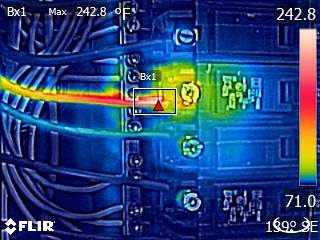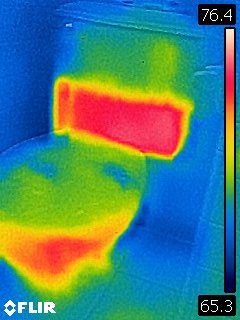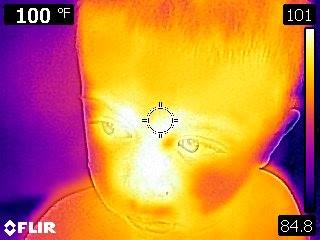I often run into concrete that is just “done.” I note it mainly because cracks in concrete have become a trip hazard. A wise man once told me that there are two things certain about concrete: 1. It will crack. 2. I can’t remember the second thing. So, if we can put a man on the moon, why can’t we make concrete that won’t crack? The answer to this is more complicated than I can cover in this blog. I also don’t actually know the answer, so I will just blame it on being too complicated.
Seriously, the primary cause is settlement of the soil underneath. This is caused by tree roots, poor soil compaction, poor drainage… I sometimes wonder if local concrete contractors go around planting trees for free around concrete sidewalks and foundations—wait till the cracks get big and then drop off their cards. Maybe that’s just good business.
Anyway, sealing cracks and repairing concrete is always a good idea to prevent further damage and extend the life of the slab. Preventative maintenance can save homeowners from more costly repairs down the road, especially when water intrusion or frost heave becomes a factor. Here is a more technically detailed article to explain the process of deciding when it is time to remove and replace.
Contact us to schedule a home inspection today!




